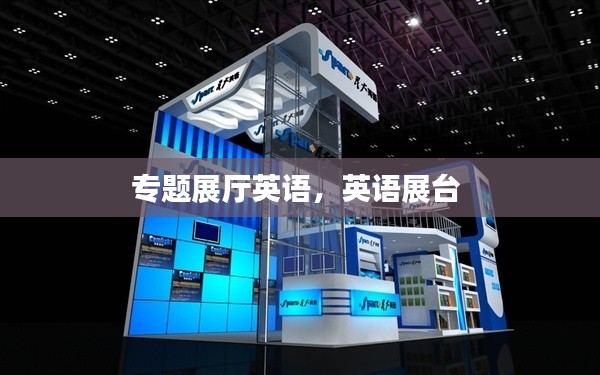Introduction to Specialized Exhibition Halls
Specialized exhibition halls are venues designed to showcase specific themes, products, or services in an engaging and informative manner. These halls are often found in museums, educational institutions, and commercial centers, serving as platforms for knowledge dissemination, cultural exchange, and business opportunities. In this article, we will explore the various aspects of specialized exhibition halls, including their design, content, and impact on visitors.
Design and Layout
The design and layout of a specialized exhibition hall play a crucial role in creating an immersive experience for visitors. A well-designed hall not only enhances the visual appeal but also ensures that the content is presented in an accessible and engaging manner. Here are some key elements that contribute to the effective design of a specialized exhibition hall:
Navigation Systems: Clear signage, maps, and directional cues help visitors navigate through the hall efficiently. This is especially important in large, complex exhibitions.
Visual Aesthetics: The use of lighting, color schemes, and textures can create a mood that complements the theme of the exhibition. For instance, a historical exhibition may use warm, soft lighting to evoke nostalgia.
Interactive Elements: Incorporating interactive displays, touch screens, and hands-on exhibits can make the experience more engaging and memorable for visitors.
Accessibility: Ensuring that the hall is accessible to people with disabilities, including ramps, elevators, and Braille signage, is essential for inclusivity.
Content and Themes
The content of a specialized exhibition hall is the heart of its appeal. It is crucial to select a theme that resonates with the target audience and provides a comprehensive overview of the subject matter. Here are some considerations for developing content for a specialized exhibition hall:
Research and Curation: Extensive research is necessary to gather accurate and relevant information for the exhibition. Curators play a vital role in selecting artifacts, documents, and multimedia content.
Storytelling: Presenting information in a narrative format can make the content more engaging and relatable. This can be achieved through interactive displays, audio-visual presentations, and live demonstrations.
Educational Value: The exhibition should offer educational value, whether it is teaching about history, science, art, or technology. This can be achieved through interactive exhibits, guided tours, and educational workshops.
Current Relevance: Ensuring that the content is up-to-date and relevant to current events or trends can make the exhibition more appealing to a broader audience.
Engagement and Impact
The ultimate goal of a specialized exhibition hall is to engage visitors and leave a lasting impact. Here are some ways in which exhibition halls achieve this:
Interactive Learning: Interactive exhibits encourage visitors to participate actively, leading to a deeper understanding of the subject matter.
Community Involvement: Engaging with the local community can enhance the relevance of the exhibition and attract a diverse audience.
Collaboration with Experts: Collaborating with subject matter experts, scholars, and artists can enrich the content and provide a more authentic experience.
Feedback and Evaluation: Collecting feedback from visitors and evaluating the success of the exhibition can help in making improvements for future exhibits.
Challenges and Solutions
Running a specialized exhibition hall comes with its own set of challenges. Here are some common challenges and potential solutions:
Resource Allocation: Limited funding and resources can be a challenge. Solution: Seek sponsorships, grants, and partnerships to secure additional funding.
Space Management: Ensuring that the hall is well-maintained and exhibits are rotated regularly can be difficult. Solution: Develop a long-term plan for exhibit rotation and maintenance.
Visitor Management: Managing large crowds and ensuring visitor safety can be challenging. Solution: Implement crowd control measures, including timed entry and security personnel.
Conclusion
Specialized exhibition halls are dynamic spaces that offer a unique blend of education, entertainment, and cultural enrichment. By focusing on design, content, and engagement, these halls can provide a memorable experience for visitors. As technology
转载请注明来自天津澳朗口腔牙科,本文标题:《专题展厅英语,英语展台 》














 蜀ICP备2022005971号-1
蜀ICP备2022005971号-1
还没有评论,来说两句吧...